I found this tooth-like non-masked, solder-covered trace pattern on modern single board HDTV.
It's in the 120VAC "HOT" section of the switch-mode PS.
Looks like some sort of spark gap or protection feature. There are two of them, one with 3 "teeth" and the one pictured with 4 "teeth".
Comes right after 4 large rectifier diodes that are connected to the ac line and before the switching transformer.
I'm pretty sure somebody here knows the function of the feature and would be interested to know what it is. Why 3 teeth? Is there some formula to determine the number of teeth? Is it a fuse like component? There is a fuse in another part of the HOT section.
